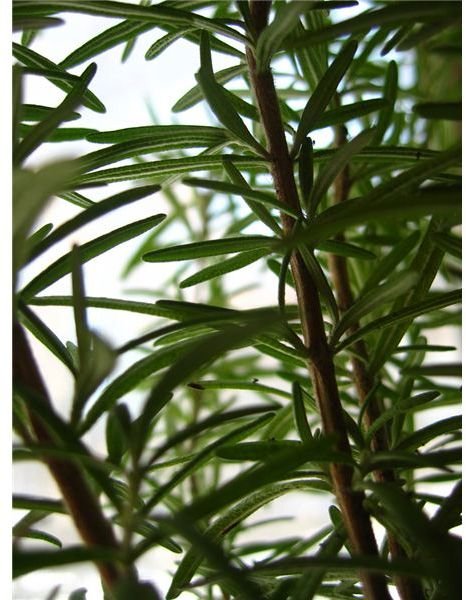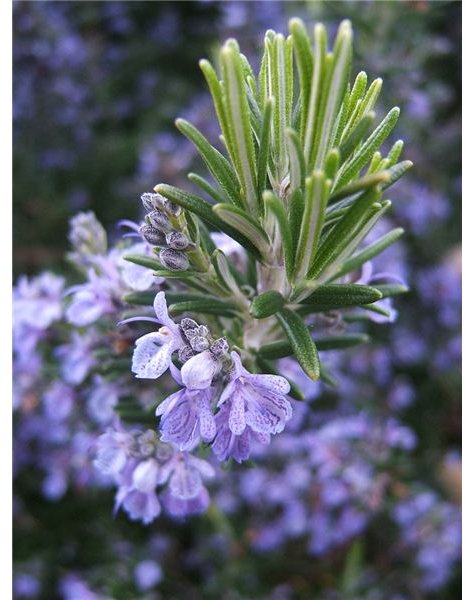Preparation of Fresh Rosemary - Cooking with Fresh Herbs
Identification and selection
Although rosemary is native to the Mediterranean, it readily grows in a variety of climates. When allowed to grow freely, the plant can reach several feet high, branching off into a thick shrub and blooming lavender colored flowers annually.
When using fresh rosemary from the garden, choose stems thick with rich, dark green leaves that have not begun to flower. In the supermarket, check the herbs to make sure the leaves have not begun to discolor from drying out or excessive moisture. The leaves should be a healthy, uniform color.
Storage
Store fresh rosemary in the refrigerator, wrapped in a slightly damp paper or cloth towel until ready to use. If the fresh herbs have been packaged, keep them in the original packaging until ready to use. Dried rosemary, like all dried herbs, does best when stored in a tightly sealed container in a cool, dark location such as a pantry or cupboard.
Fresh versus dried rosemary
Rosemary is generally available year-round as a fresh herb in the produce section of the supermarket. Dried rosemary is also available, and can be less expensive than fresh. Some dishes, particularly roasted or grilled meat, poultry and fish dishes, benefit from the fresh herb. The dried plant does not have the exquisite aroma of the fresh, nor is it as tantalizing to the palate.
Preparation

When using fresh rosemary, give it a quick rinse with cool water and shake or pat it dry. If you are pulling the plant directly from the garden, a little extra washing may be necessary to get all the dust and dirt off the plant.
Remove the leaves by running your fingers down the length of the stem. Chop the leaves thoroughly before adding them to a recipe, as the pointy, woody nature of the leaves can be unsavory if eaten whole. The woody stems can be used as skewers for shisk-a-bobs; or tossed on to the barbecue coals for added flavor. Lay whole sprigs in the roasting or poaching pan to flavor food in a more subtle fashion.
Culinary uses
Rosemary works best with dishes that have a somewhat bland template such as potatoes, stewed tomatoes, chicken, dinner rolls and breads. The exception is lamb, which combines very well with the strong flavor of the herb.
When using rosemary, it is important not to add so much of the herb that it becomes overwhelming. Start with a small amount and add sparingly to reach the desired result. When using dried rosemary, you will need less than when using fresh. A common ratio is three to one, or three teaspoons of fresh rosemary for one teaspoon of dried. The preparation of fresh rosemary is simple, relatively inexpensive and brings a timeless flavor to many foods.
